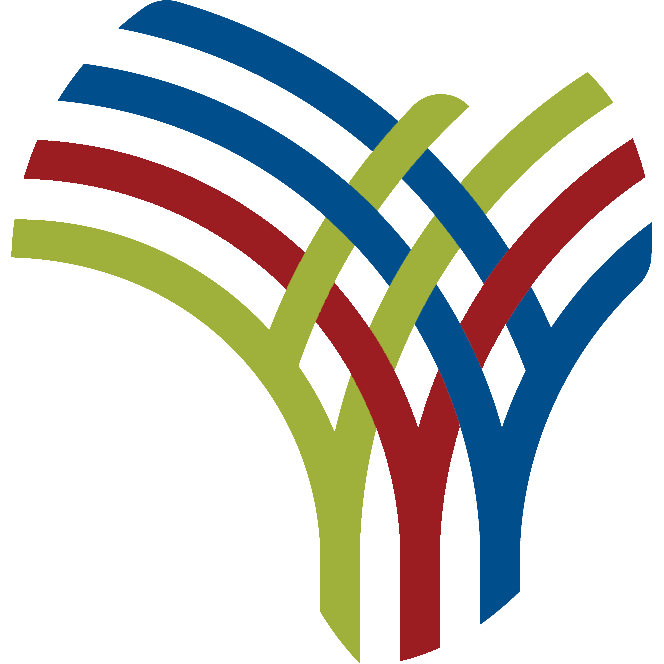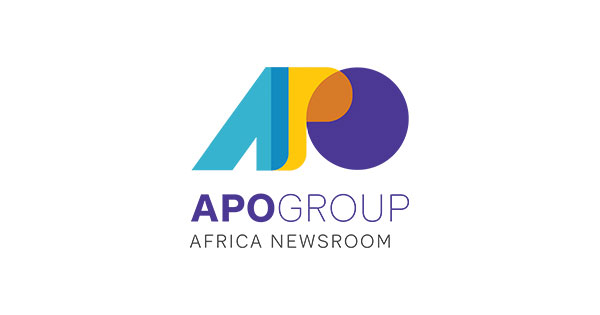More than seventy percent of the South Sudanese population will struggle to survive the peak of the lean season this year as the country grapples with unprecedented levels of food insecurity caused by conflict, climate shocks, covid, and rising costs, warned the United Nations World Food Programme today.
While global attention remains fixated on Ukraine, a hidden hunger emergency is engulfing South Sudan with about 8.3 million people in South Sudan – including refugees – set to face extreme hunger in the coming months as the 2022 lean season peaks, food becomes scarce and provisions are depleted, according to the latest findings published in the 2022 Humanitarian Needs Overview. Particularly at risk are tens of thousands of South Sudanese who are already severely hungry following successive and continuous shocks and could starve without food assistance.
South Sudan forms part of a ‘ring of fire’ encircling the globe where climate shocks, conflict, covid-19, and rising costs are driving millions closer to starvation. The impact of the climate crisis and ongoing conflict have led to large scale displacement, livelihoods losses, the destruction of arable land and crops as well as rising food prices — threatening the survival of communities living in some of the most isolated areas in the States of Jonglei, Lakes, Unity and Warrap.
“The extent and depth of this crisis is unsettling. We’re seeing people across the country have exhausted all their available options to make ends meet and now they are left with nothing,” said Adeyinka Badejo, Deputy Country Director of the World Food Programme in South Sudan.
Turning the tide on hunger
While providing critical food and nutrition assistance to meet the immediate needs of populations at risk, WFP simultaneously implements resilience building activities to help these communities cope with sudden shocks without losing all their productive assets.
“Given the magnitude of this crisis, our resources only allow us to reach only some of those most in need with the bare minimum to survive, which is not nearly enough to allow communities to get back on their feet. WFP is working tirelessly not only to cater for these immediate needs, but also to support communities to restore their own resilience and be better prepared to face new shocks,” said Badejo.
In 2021, WFP reached 5.9 million people with food and nutrition assistance, including more than 730,000 people in South Sudan who benefited from livelihoods activities.
In Greater Jonglei and Unity States, where unprecedented floods and localized conflict prevented people from reaching their cultivated fields, WFP supported people with cash assistance to buy food and other basic needs, provided communities with tools to protect and maintain critical assets, and trained young people in various vocational activities, including post-harvest management.
Distributed by APO Group on behalf of World Food Programme (WFP).
Source
South Africa Today Africa – North Africa Algeria News








